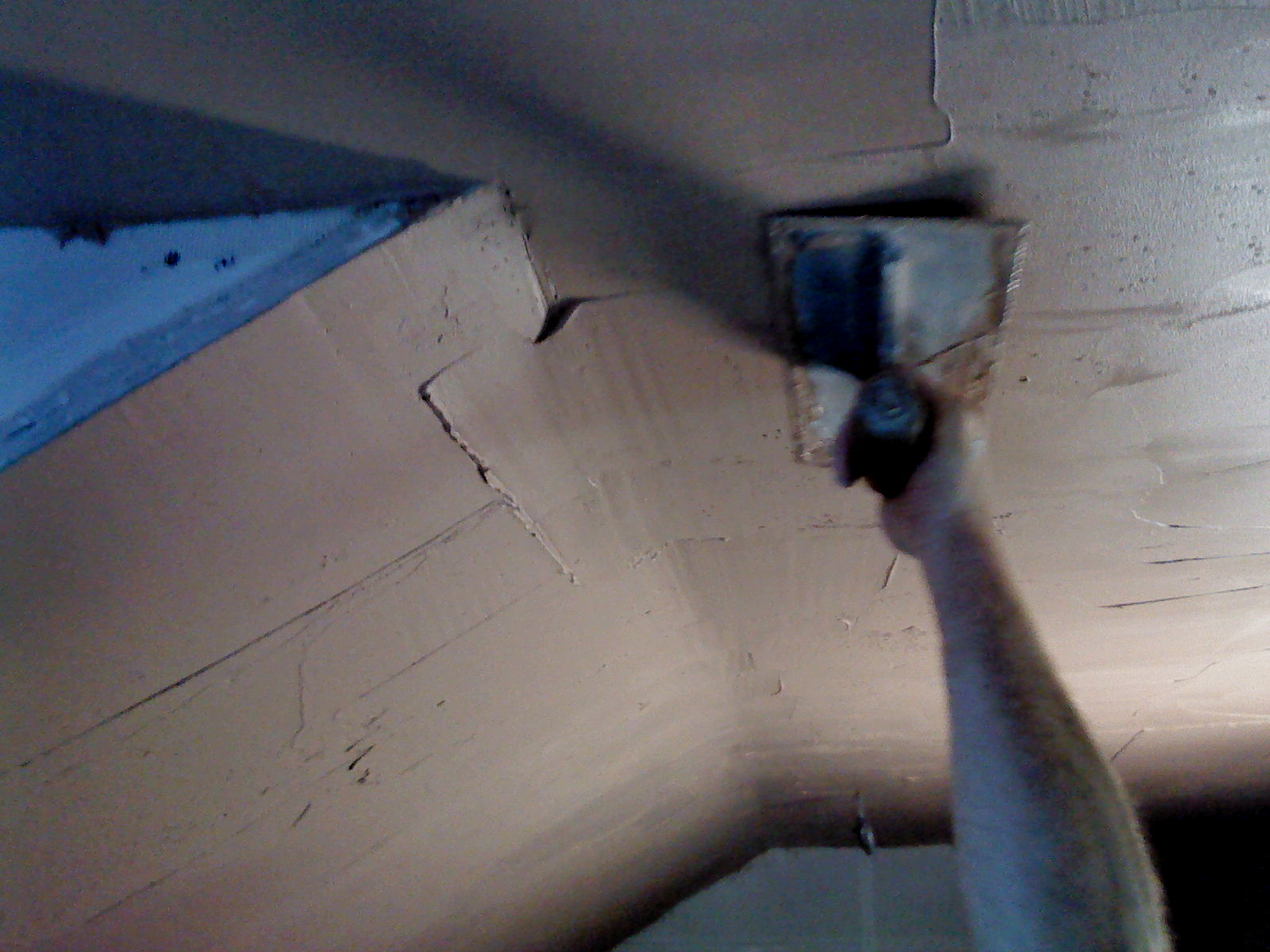Internal Plastering
Specialist in internal wall plastering
For over 16 years CAB Plastering have been specialising in all types of internal plastering work, from small repairs to full property refurbishment. We are also experts in fireproofing, soundproofing and moisture problems.
From modern day plasters, basecoats and plasterboards to traditional methods of latte and plaster using lime plasters.
Fireproofing, soundproofing and damp/ moisture problems resolved first time, with the minimum of fuss.
Replacement ceilings, Stud walls and focal points.
Led light pelmets to plastered television and social media walls fast becoming very popular.
Only using top quality or original products from the likes of british gypsum and thistle.
Metal and timber systems used for any studwalls and focal points.
Wide range of insulations available for stud walls offering excellent thermal and soundproofing properties.
Wether it is a thumb sized patch, to a full house make over, we are here to put the job right and let you get on with your lives in your perfect home..
We are highly skilled in a variety of coatings and tecniques and use many of the following depending on the project specification:
Bonding Plaster
Bonding is an undercoat plaster. This means it is the first coat, or undercoat to be applied to a new (or to be patched) wall. When it is trowelled off, it is scratched with a nail to give a “key” for the top coat, or finish plaster to adhere to. Bonding plaster has incredible “stickabilty” and does not rely on an absorbent surface to bond to.
Bonding can be applied to really dense concrete blocks or engineering bricks and even concrete itself. These surfaces are where you would use bonding plaster as a scratch coat. Bonding does not need the wall underneath to be scratched or have a mechanical “key” and bonding agents, such as latex SBR adhesive are usually applied to the wall before the bonding plaster itself.
Browning Plaster
Browning plaster is also an undercoat plaster for use on more absorbent surfaces.
Browning plaster works much better on surfaces with a mechanical key and you will often see bricklayers “raking out” the joints of block and brick walls which are to have a Browning plaster covering.
Hardwall Plaster
Hardwall is similar to Browning except that it offers a higher impact resistance and quicker drying surface. It is the most often used undercoat plaster these days, and can be applied to most masonry surfaces.
Tough Coat Plaster
Even tougher than Hardwall as an undercoat plaster, and has a greater coverage based on the nominal depth of 11mm. Again, suitable for most masonry walls.
Dri-Coat Plaster
Dri-coat plaster is a cement-based plaster used when resurfacing a wall after installation of a new DPC.
Multi-Finish Plaster
Thistle multifinish is a top coat plaster which is suitable for a great finish on all the other surfaces. Multifinish is ideal for (indeed, is manufactured for) using as a finishing plaster when there are a variety of backing surfaces to be covered.
Board Finish
Board finish plaster is used on surfaces with low – medium suction. Plasterboard and Dry-Coat plaster will accept Board Finish well.
One Coat Plaster
Sometimes called patching plaster, this plaster is a mix of something like binding plaster and multifinish. It is designed to fill patches in one go and can be “laid on” to far greater thicknesses than normal undercoat plasters. Anything up to 50mm some manufacturers claim.





Message Us
Get In touch below. Ask Any Question or Start a Free Quote
Call Us
(01253) 312102
(0845) 4630764
MOBILE : (07709) 877140
Office Location
16 Tyrone Avenue, Bispham, Blackpool, Lancs, FY2 0RR
cabplastering@yahoo.co.uk
